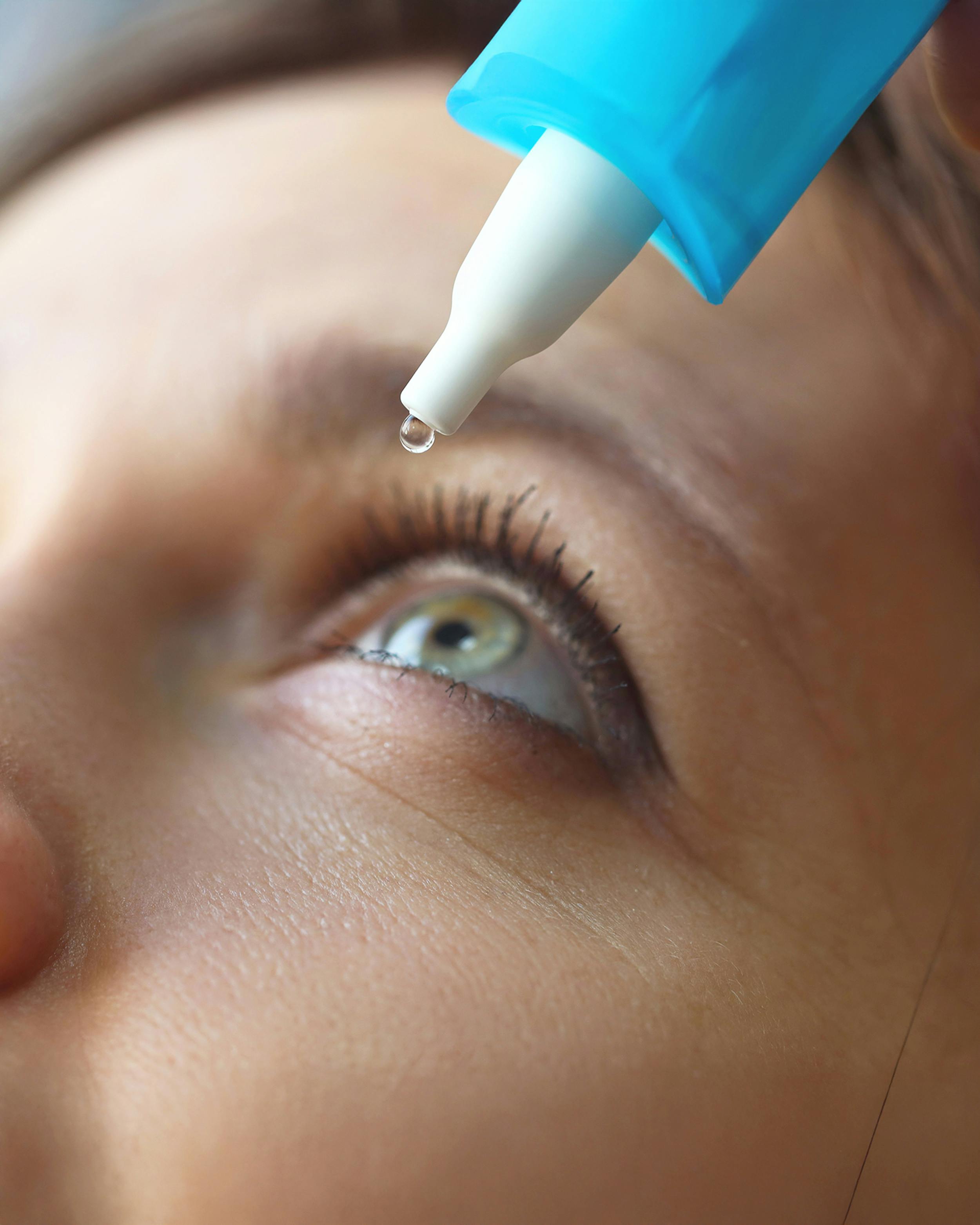
Dry eyes and Watery eyes
What is dry eye syndrome?
Dry eye syndrome, also known as keratoconjunctivitis sicca, occurs when the eyes do not produce enough tears or when tears evaporate too quickly. This leads to inadequate lubrication, often due to meibomian gland dysfunction—glands in the eyelids responsible for maintaining tear film stability. The condition affects the ocular surface, including the tear film, eyelids, conjunctiva, and cornea.
While dry eye syndrome can affect anyone, it is more common in women and becomes increasingly prevalent with age.
Is dry eye syndrome serious?
Although dry eye syndrome is usually not a serious condition, it can cause discomfort and irritation. Vision loss is rare, and most cases improve with proper treatment and lifestyle adjustments. With appropriate care and guidance from an eye specialist, symptoms often resolve within a few days or weeks.
Symptoms of dry eye syndrome?
Common symptoms include tired or strained eyes, light sensitivity, blurred vision, a gritty or burning sensation, redness, and irritation. Symptoms often worsen in dry or windy environments, as well as in places with air conditioning, smoke, or low humidity. Some individuals may also develop an intolerance to contact lenses.
How is dry eye syndrome diagnosed?
Diagnosing dry eye syndrome typically involves several tests, including visual acuity assessment, slit lamp examination, tear production measurement, and evaluating tear film stability.
Causes of dry eye syndrome
The condition is often caused by hormonal changes associated with aging, menopause, or certain medications such as contraceptives and antianxiety drugs. Other contributing factors include excessive screen time, prolonged sun exposure, smoking, dry environments, previous eye surgeries, allergies, and autoimmune conditions like rheumatoid arthritis.
Preventing dry eye syndrome
To help prevent dry eye syndrome, avoid dry, low-humidity environments and limit exposure to triggering medications if possible. Seeking guidance from an ophthalmologist ensures accurate diagnosis and appropriate treatment.
What are watery eyes?
Watery eyes, medically known as epiphora, occur when excess tears overflow onto the face. This condition is common across all age groups but is particularly prevalent in infants and adults over 60. It can affect one or both eyes and often resolves on its own, though treatment may be necessary in persistent cases.
Common causes of watery eyes
There are multiple reasons why eyes may water excessively:
- Blocked Tear Ducts: Some people are born with underdeveloped tear ducts, which can cause watering eyes in newborns. In adults, tear ducts may become blocked or narrowed due to inflammation or infection, preventing proper drainage. This can lead to a buildup of tears and increase the risk of infections, resulting in a sticky discharge from the eyes.
- Overproduction of Tears: Irritated eyes may produce excessive tears in response to environmental triggers, such as chemicals, allergens, smoke, or infections like conjunctivitis. Other factors include injuries to the eye, inward-growing eyelashes, or an outward-turned lower eyelid.
- Additional Causes: Conditions such as corneal infections (keratitis), corneal ulcers, styes, or Bell’s palsy can also contribute to watery eyes. Other triggers include allergies like hay fever and reactions to certain medications containing preservatives.
Why do eyes become itchy and watery?
Allergic reactions can trigger histamine release, causing blood vessels in the eyes to dilate. This leads to irritation and excessive tearing. Common allergens include pollen, pet dander, mold, dust mites, and certain cosmetic products. Conditions such as allergic conjunctivitis, atopic keratoconjunctivitis, and eczema can also cause persistent eye irritation.
Can glaucoma cause watery eyes?
A severe type of glaucoma known as acute angle-closure glaucoma can lead to excessive tearing. This occurs when fluid drainage inside the eye becomes blocked, causing a rapid and painful increase in eye pressure. Symptoms may include blurred or cloudy vision, sudden vision loss, seeing halos around lights, nausea, vomiting, and intense eye pain or headaches. Immediate medical attention is required for this condition.
Treatment options for watery eyes
For mild cases, artificial tears or lubricating eye drops may help alleviate symptoms. If the issue is caused by irritation, symptoms often resolve on their own. However, for persistent cases linked to blocked tear ducts, a surgical procedure called dacryocystorhinostomy (DCR) may be required to create a new drainage channel for tears.
When should you see a doctor?
Seek medical attention if watery eyes are accompanied by pain, a foreign body sensation, reduced vision, or persistent symptoms that do not resolve on their own. If the condition is chronic without other severe symptoms, consulting a doctor for further evaluation is advisable.
Home remedies for watery eyes
Taking breaks from screens, using artificial tears, and applying warm compresses to the eyes can help manage symptoms. Eyelid hygiene, including using lid wipes or saline solutions, can also be beneficial, particularly for those with blepharitis.
Which specialist treats water eyes?
An ophthalmologist specializes in diagnosing and treating conditions related to excessive tearing. If your symptoms are persistent or require advanced treatment, your GP or optician may refer you to an ophthalmologist for further evaluation and care.